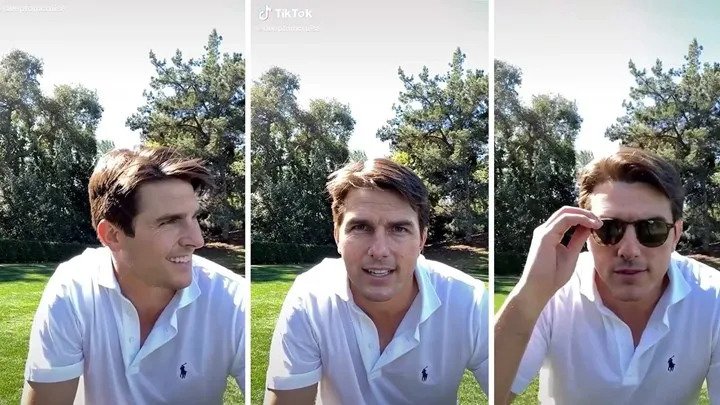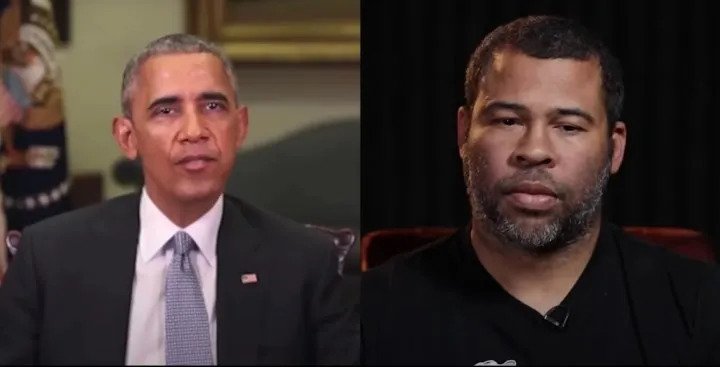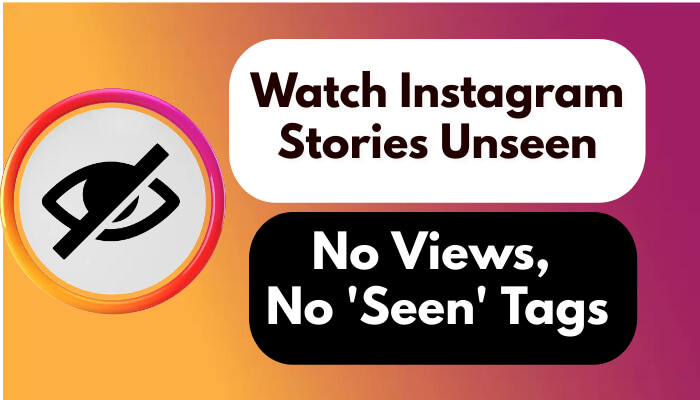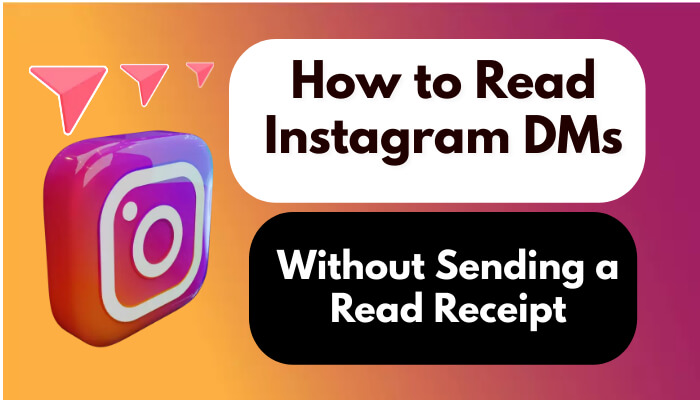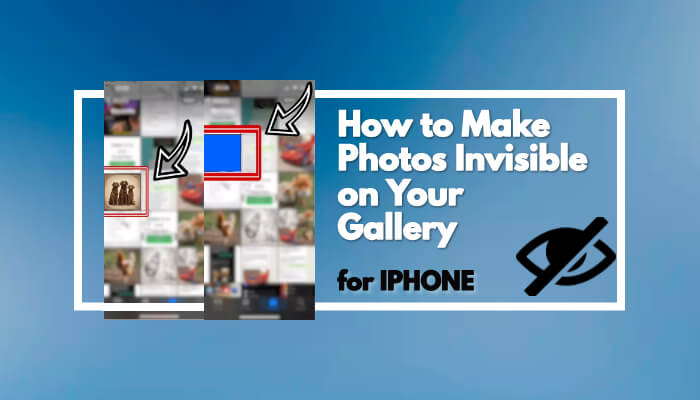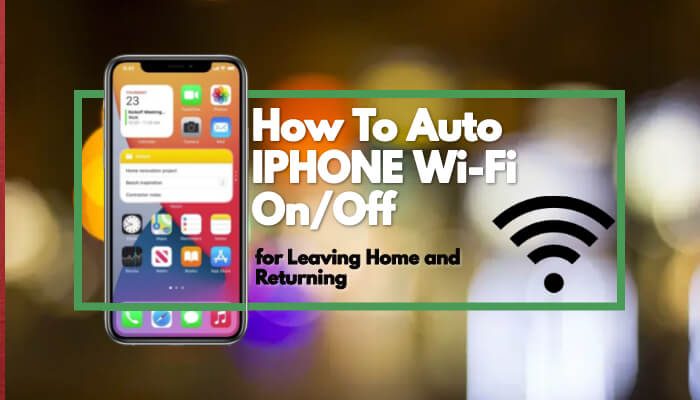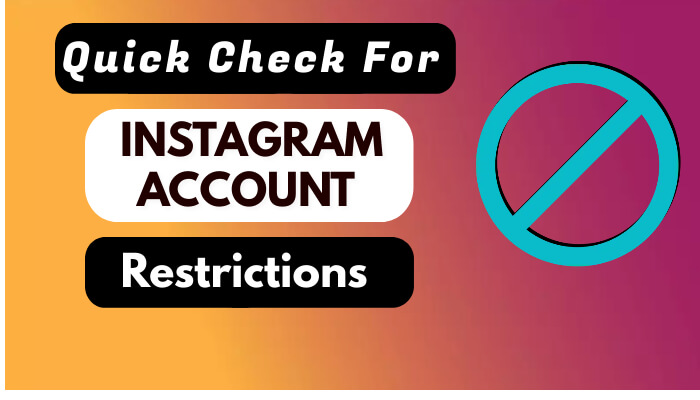
Fake images and videos are nothing new. People have been making fake photos and videos since photography and cinema were invented, and this trend has only increased since the internet became widely used.
But now, instead of simply manipulating images with editing programs like Photoshop, there is a new type of machine fake: Deepfake. What is deepfake, one of the new technologies based on artificial intelligence, and how are impressive deepfake videos created?
Here are all the curiosities about deepfake technology
What is deepfake ❓
"What is a deepfake?" Briefly explain; A deepfake is a fake photo, video or audio material.
Deepfake uses deep learning artificial intelligence to simulate a person in videos and other digital media. It is generated using algorithms based on glued samples of a voice, audio, video or photo of a real person. The algorithm takes selected information from different places and combines it into a single material.
The result is something unrealistic based on a combination of various real data. Deepfake can also paint a photo from scratch, creating the faces of characters that never really existed.
How to make a deepfake
There are two ways to deepfake. The first method is based on the use of two algorithms. The second way is through productive competing networks, where two algorithms work together.
The first algorithm (the encoder) looks for commonalities between the two images (which need to be combined), then the second algorithm (the decoder) transfers them to the newly created image. For example; We want to make a video where the actor plays like us.
The encoder picks up motion from the video we're playing; The decoder replaces our face with the face of the actor and reproduces our movements. The key here is the selected actions copied into the new image. Like gestures, gestures, facial expressions.
The first is called generative because it uses shared information to create images that combine distinctive features (human body, face, and eyes). The second algorithm is a delimiter that checks the accuracy of the images provided by the manufacturer. Both algorithms evolve over time; They improve as they learn. If the creator is trained not to recognize a fake photo, the process is complete.
The best deepfake software ⬇️

Fake videos that have taken the internet by storm with the Chinese deepfake app Zao have popped up on social media from time to time. There are programs like Zao that allow you to create deepfake videos in seconds with impressive results.
It is generally shared for entertainment purposes, but there are also areas that should never be used, such as politics. That's why we've included harmless deepfake programs, apps, and websites that can be used for research purposes.
While deepfake technology is not yet good enough to fool people, it is important to use deepfake videos ethically. Do not use this technology for illegal purposes and never use unauthorized images/videos of anyone. Now that we've put that note out of the way, we can move on to popular programs, web and mobile apps used for deepfakes.
1️⃣ Zao

Zao is a viral mobile app from China that is very good at creating deepfake videos in seconds.
It has a huge library of scenes from Chinese drama series, The Big Bang Theory, popular Hollywood movies and more. With Zao, you can create a deepfake video in seconds that looks natural and is hard to distinguish from the original video.
Unlike powerful computers that take hours to train a GAN (generative adversarial network), an app can generate a deepfake video in just a few seconds. Zao deepfake can be downloaded as apk.
2️⃣ Deepfakes web
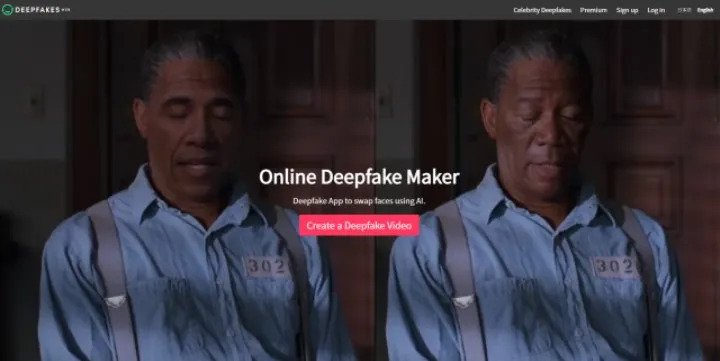
The Deepfakes website is a deep learning service that allows you to create online videos to create deepfakes.
While the online deepfake maker extracts a deepfake video in about 5 hours in its free version, this time is reduced to 1 hour in the premium version. Even though it uses powerful GPUs in the cloud, it takes several hours to process all the data.
A site that shows that making a deepfake video is not easy, unlike Zao, we recommend that those who want to try making a deepfake video for computer vision research.
3️⃣ Wombo

Wombo is a lip sync app where you can turn yourself or anyone else into a singing face.
The choice is made from 15 songs, and the character must sing that song. The app, which can be downloaded for free on Android phones and iPhones, is very popular on Instagram and TikTok.
4️⃣ Reface

Reface AI, owned by the developers of the deepfake app Doublicat, allows you to embed your face into a gif image.
To use the app, all you have to do is take a photo and then select the GIF you want to use. The app doesn't work perfectly and the face swap depends on the symmetry of your face and the GIF you're using.
5️⃣ MyHeritage

Another viral deepfake app you should try is MyHeritage.
The app is popular among social media users because it animates old photos. All you have to do is upload a photo and hit the animation button. Smiling results are achieved by activating the face, eyes, mouth and every area. It is available for download for Android phones and iPhones.
How to recognize a deepfake ????

It's getting harder to recognize professional deepfake videos. At first, the algorithms had problems with basic behavior (such as blinking), and the video was quickly recognized as fake. This situation has been corrected.
Fake characters wink, behave naturally, speak realistically. However, problems with natural eye movements are still not completely corrected. So how do you tell if a video is a deepfake? Here are a few things to keep in mind while watching the video:
1. Does the voice match the movements of the mouth
Sometimes they don't exactly match; the man in the video moves his lips too late. The position of the whole body or head relative to the torso, reflection of light from objects, false reflection of light, etc. You should also pay attention to the details.
2. How is the sound and video quality
You can tell if it's a deepfake by the difference between audio and video. Deepfake videos usually have poor sound quality and image distortion. The image is mainly distorted at the junction of the torso and head, blurring may occur.
3. Trust your feelings
Sometimes we feel like something is wrong. If the emotions, facial expression or tone of voice of the person appearing on the screen does not match the emotions shown, then it is clear that the video is not true.
What are tech companies doing to detect deepfake videos? Intel has developed FakeCatcher, a technology that can detect deep fake videos with 96% accuracy. The Intel Deepfake Detection Platform is the world's first real-time deepfake detector that displays results in milliseconds.
Where is deepfake used
Deepfake provides many benefits in various fields and industries such as film production, education, entertainment, healthcare, digital communications, e-commerce, gaming, computer science, social networks.
1. Education and training
Teachers in the classroom can make learning more fun and interactive by using deepfakes. Lessons and learning sessions for students can be more interesting if teachers use deepfake technology. With the help of a deepfake video, students can better remember the story.
2. Removes the language barrier ????
Deepfake overcomes the language barrier with the help of artificial intelligence technology. The Malaria Must Die video, in which David Beckham speaks 9 languages, was produced using deepfake sound technology. It has stuck in my memory as a great example of what Deepfake can do to overcome the language barrier.
3. News reports and media
News reporters, journalists and human rights activists use deepfake videos to mask people's voices and faces in order to protect their identities in front of an audience.
4. Reach more people
Influencers can share deepfake videos to expand their circle and increase their followers. Brands around the world can increase their customer base with personalized messages using deepfake videos.
The best examples of deepfakes
Looking at the best examples of deepfakes, you can see how far the technology has come in just a few years. In most deepfake videos, it's hard to tell what the difference is.
Looking at old examples, many deepfake videos seem to be fake and can be easily decoded, but the new research that has emerged with the advancement of technology is incredibly impressive.
1. Movie The Shining starring Jim Carrey
The video, which shows important moments of the 1980 film The Shining, does not look like a deepfake, it is extremely successful. Jim Carrey, who took on the role of Jack Torrance and captivated us with his facial expressions.
2. House video with Keanu Reeves
TikTok user Unreal_Keanu has gained millions of subscribers with his video titled "Keanu Reeves lives with his girlfriend." We laugh at the deepfake video produced by this name, which has over 7 million followers on a social media platform where short videos are shared, but it also shows the risks that deepfake technology poses to celebrities.
3. Korean news anchor Kim Joo-Ha
Presenting the news on Korean TV channel MBN, Kim Joo-Ha is the biggest indication that deepfake technology can become part of the daily mainstream media.
4. Mark Zuckerberg's speech
After Facebook refused to remove the fake Nancy Pelosi video, artist Bill Posters shared his deepfake video on Instagram. Mark Zuckerberg's speech praising the platform got over 3,500 likes.
When did the deepfake come out

Deepfake technology first appeared on the social media platform Reddit in November 2017, when an anonymous user posted an algorithm that uses existing artificial intelligence algorithms to create realistic deepfake videos.
This code was later made free to other users and is available for download on GitHub, a public code sharing service. In a short time, applications such as FakeApp have emerged that make it easier to create deepfake videos.
Is deepfake legal ⚖️
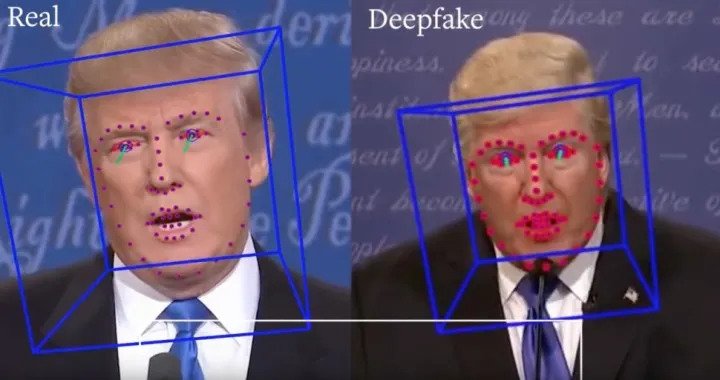
If deepfake is being used outside of technology and entertainment, the first question that comes to mind is: is deepfake legal? While deepfake is not technically a crime, the ability to create havoc and manipulate public opinion makes it a threat both on an individual and societal scale.
The film industry is one of the places where deepfake videos are used without malicious intent. People are producing content with fake videos of celebrities, dead or alive.
Fun and impressive. Undoubtedly, Hollywood is one of the sectors that benefit the most from deepfake technology, but deepfake images are also often used in cybercrime and illegal activities.
When used by the wrong people, deepfakes can be misused to distort geopolitical and democratic discourse, damage reputations, and threaten public and national security.
We know about fake news, but what about fake videos created in seconds with a newly launched program or mobile app? Deepfake images in shorter form are used in many areas, from the film and entertainment industry to politics. In this guide, we answer the question, what is a deepfake and how to make a deepfake, what programs are used? We have answered frequently asked questions such as:

